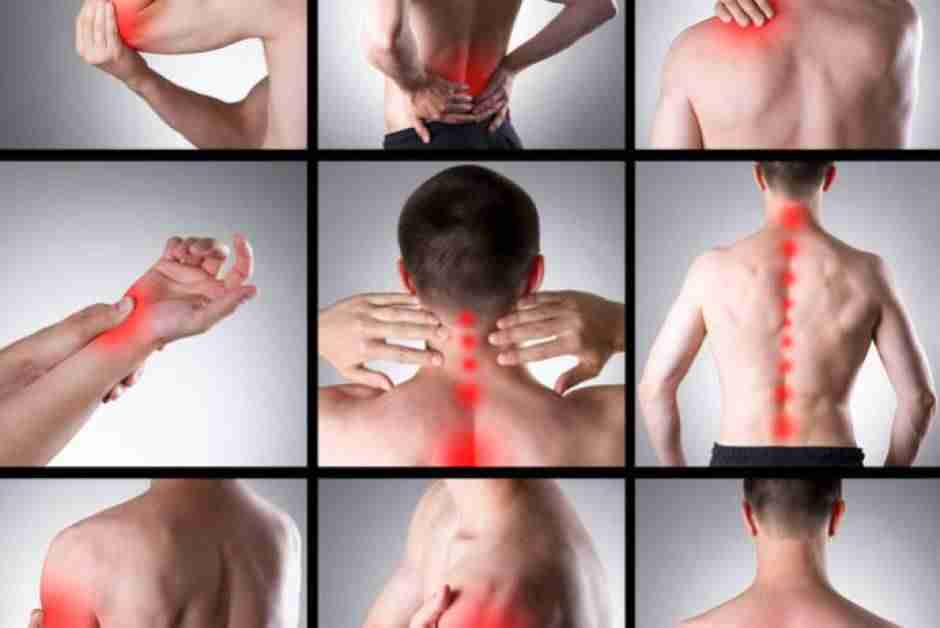
First of all,
Although everyone experiences pain, not everyone manages it in the same way, and the effects of pain vary widely. Acute or chronic, physical or emotional, pain has the power to ruin our lives and lower our standard of living. Thankfully, there are many different methods and techniques that can be used to regulate and lessen pain, giving people the ability to take back control of their health. We’ll look at a number of strategies and tactics for dealing with pain and getting relief in this post.
Comprehending Pain:
Understanding the nature of pain itself is crucial before attempting any alleviation techniques. Pain is a complicated phenomena that is influenced by psychological and physiological elements. It may be the result of nerve malfunction, tissue injury, inflammation, or psychological discomfort. Furthermore, a person’s emotional state, cultural background, genetics, and past experiences can all have an impact on how they perceive pain.
Pain Types:
There are two primary types of pain that can be generally classified: acute and chronic. When tissue damage or injury occurs, acute pain usually appears unexpectedly and acts as a warning signal to keep the body safe from additional harm. It normally passes quickly and goes away as the underlying cause gets better. On the other hand, chronic pain can endure for weeks, months, or even years and lasts longer than the typical healing period. Chronic pain frequently needs long-term care and can be caused by diseases including migraines, fibromyalgia, arthritis, or neuropathy.
Techniques for Relieving:
Drugs:
It is normal practice to treat both acute and chronic pain with medications. Ibuprofen and acetaminophen, two over-the-counter analgesics, can help reduce mild to severe pain. Prescription drugs such as opioids, muscle relaxants, or antidepressants may be required for more severe pain. To reduce the possibility of dependence, tolerance, and adverse effects, it is crucial to use these drugs sparingly and under a doctor’s supervision.
Physical Medicine:
In order to effectively manage pain, particularly musculoskeletal pain from chronic diseases or injuries, physical therapy is essential. A professional physical therapist may create customized workout plans to increase mobility, strength, and flexibility while lowering discomfort and averting further injuries. Relief can also be obtained by methods like massage, manual therapy, and hydrotherapy, which enhance circulation, ease tension in the muscles, and encourage relaxation.
Body-Mind Techniques:
One of the most effective tools for treating pain and enhancing general wellbeing is the mind-body link. Techniques like yoga, tai chi, mindfulness, and meditation can help people manage their stress levels, develop awareness, and control how they react to pain. These techniques are beneficial supplements to traditional pain management techniques since they have been demonstrated to improve emotional resilience, coping mechanisms, and pain perception.
CBT, or cognitive-behavioral therapy:
The goal of cognitive behavioral therapy (CBT) is to alter pain-related negative thought patterns and behaviors. Through addressing false beliefs, acquiring coping mechanisms, and encouraging problem-solving skills, cognitive behavioral therapy (CBT) can enable people to take charge of their suffering and enhance their quality of life. Studies have demonstrated that CBT can help people with chronic pain disorders feel less disabled, in pain, and psychologically distressed.
Changes in Lifestyle:
Changing one’s lifestyle can have a big impact on managing pain and feeling good overall. This entails embracing a nutritious diet full of foods high in anti-inflammatory properties, keeping a healthy weight, exercising frequently, maintaining proper sleep hygiene, abstaining from smoking and binge drinking, and so forth. These alterations in lifestyle can aid in lowering inflammation, enhancing bodily functions, and encouraging healing, all of which can enhance pain management and general health.
Alternative Medical Interventions:
Many people receive pain relief from alternative therapies like acupuncture, chiropractic care, herbal supplements, and aromatherapy in addition to traditional treatments. Although there is conflicting data to support these therapies, some patients report notable improvements in their quality of life, pain alleviation, and relaxation. To guarantee safety and effectiveness, it’s critical to investigate these choices with an open mind and speak with licensed professionals.
In summary:
Millions of individuals all around the world are impacted by the complicated and multidimensional experience of pain. Even though getting rid of pain can seem like an impossible task, there are a lot of methods and techniques that can be used to help people feel better and live longer. People can take back control of their health and well-being by learning about the nature of pain, experimenting with different treatment modalities, and embracing a holistic approach to wellbeing. Keep in mind that while suffering is optional, it may be unavoidable. It is possible to overcome suffering and lead a happy life if you have the necessary resources, support, and perseverance.